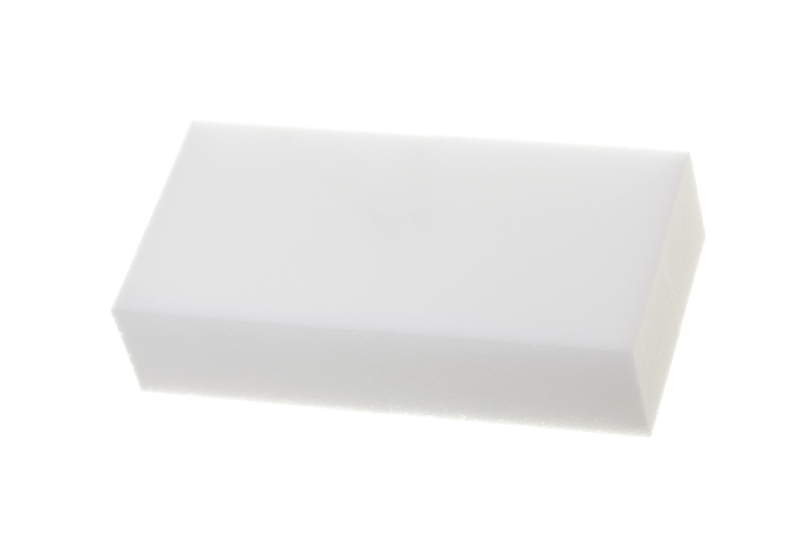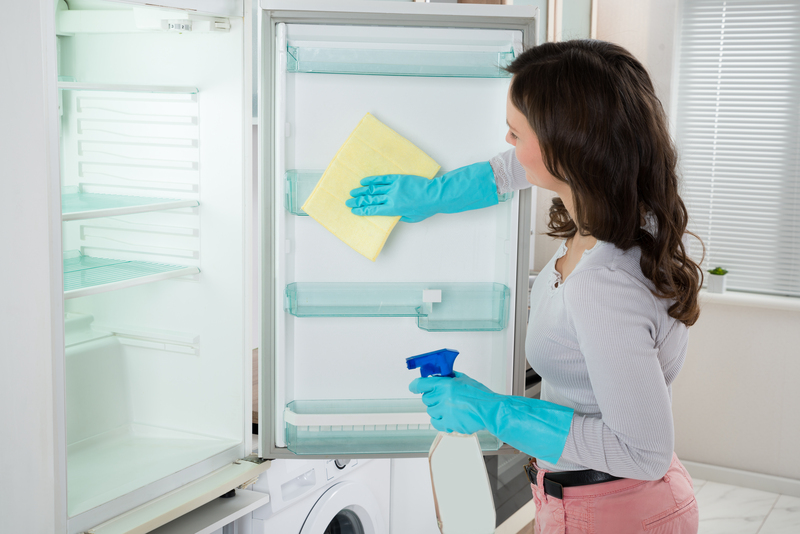Innovative Recycling Solutions for Your Old Cookware
Is your kitchen cabinet overflowing with pots, pans, and baking sheets that have seen better days? Instead of tossing your worn-out cookware in the trash, discover innovative recycling solutions for old cookware that are environmentally friendly, creative, and surprisingly practical. As awareness grows about the importance of sustainability, more and more people are seeking eco-friendly ways to dispose of old cookware and give it a new life. This comprehensive guide explores how you can handle outdated or damaged kitchen items in ways that benefit your home, community, and planet.

Why Recycling Old Cookware Matters
Many types of cookware--such as stainless steel pots, aluminum pans, copper-bottomed skillets, and nonstick baking sheets--are made from materials that are both valuable and resource-intensive to produce. When cookware ends up in the landfill, not only is it a waste of these resources, but some pots and pans can even leach harmful chemicals or metals into the environment. On the other hand, recycling old pots and pans or reusing them ensures that valuable metals are recovered, pollution is reduced, and landfill space is conserved.
Environmental Impact of Cookware Disposal
- Resource Recovery: Metals recovered from cookware can be used to manufacture new products, reducing mining and energy use.
- Pollution Reduction: Proper recycling prevents the unnecessary release of heavy metals or nonstick chemicals.
- Landfill Management: Diverting bulky items like old cookware helps to alleviate landfill overcrowding.
Types of Cookware Suitable for Recycling
Not all cookware is created equal! Some items are easier and more beneficial to recycle than others. Below are common materials you might find in your kitchen:
- Stainless Steel: Highly recyclable and accepted at most recycling centers.
- Aluminum: Lightweight and valuable--it's in high demand by scrap yards.
- Copper: A precious metal, often worth extra money at specialized recyclers.
- Cast Iron: Very durable and fully recyclable, though heavy.
- Nonstick (Teflon-coated): More difficult to recycle due to coatings, but recent advances are offering new solutions.
- Ceramic and Glass: Not usually accepted alongside metals, but they can be reused or repurposed.
Your Step-by-Step Guide to Recycling Old Cookware
Ready to take action? Here's how you can begin your journey toward responsible cookware disposal and innovative recycling:
1. Assess the Condition
- If your pan or pot is still functional, consider donating it to charities, shelters, or thrift stores.
- Severely damaged or worn-out cookware is best suited for recycling or creative repurposing.
2. Separate by Material
- Remove any plastic parts, glass lids, or wooden handles. Metal recyclers typically want pure metal.
- Sort your cookware by material type (aluminum, stainless steel, cast iron, etc.).
3. Research Local Recycling Options
- Check municipal recycling guidelines. Many curbside programs do not accept pots and pans, but scrap metal facilities do.
- Search online for "scrap metal recycling near me" to find suitable centers.
- If your cookware has a nonstick coating, ask if it's accepted--rules can vary widely by location.
4. Prepare for Drop-Off
- Clean old cookware and remove excess grease or food residue to comply with recycling standards.
- Place sorted materials in clearly marked containers when visiting scrap yards.
5. Consider Mail-In Recycling Programs
- Several companies now offer nationwide mail-in recycling for cookware. GreenPan, for example, accepts old pans for recycling when you purchase new ones.
- Some cookware brands (like Calphalon) participate in take-back programs for their own products.
Innovative Ways to Repurpose or Upcycle Old Cookware
If traditional recycling isn't an option, or you'd like to add some creativity to your sustainability journey, here are innovative recycling solutions for old pots and pans that transform them into something new and useful:
Garden Art and Planters
- Old colanders make perfect planters for herbs and flowers thanks to their built-in drainage holes.
- Large cast iron pots become rustic outdoor planters or unique water features.
- Arrange stainless steel pans into a quirky sculpture or bird bath pedestal.
Home Decor Projects
- Mount nonstick or copper pans on your walls for decorative kitchen art.
- Turn a vintage baking sheet into a magnetic memo board for your home office.
- Transform pan lids into picture frames or clocks for a one-of-a-kind look.
Kids' Crafts and Learning
- Create musical instruments from old pots and pans for a DIY drum set.
- Use broken pans and utensils for art class sculpture projects in schools or community centers.
Garage and Workshop Uses
- Clean aluminum or stainless pans can hold nuts, bolts, and small tools in the garage.
- An old frying pan becomes a paint mixing tray or a storage bin for workshop gadgets.
Cutting-Edge Developments in Cookware Recycling
The world of recycling old cookware is continually advancing. Here's how the latest technologies and business models are making it easier than ever to recycle your kitchen castoffs:
Specialized Nonstick Coating Stripping
- Innovative facilities can now use thermal or chemical processes to strip nonstick coatings, allowing the metal beneath to be recycled.
- Some brands work directly with these recyclers to offer environmentally responsible options for their nonstick pans.
Eco-Friendly Take-Back Initiatives
- Large kitchenware manufacturers now partner with recycling companies to collect old cookware, ensuring it's recycled responsibly.
- Look for programs when buying new cookware--many include pre-paid return labels or drop-off points.
Community Swap Events and Reuse Hubs
- Local green groups host "kitchen swap days" where cookware can find new homes instead of winding up in the trash.
- Reuse centers accept drop-offs of old kitchen equipment and redistribute them to families or upcycling artists.
Frequently Asked Questions About Recycling Old Cookware
Can nonstick pans be recycled?
While recycling nonstick cookware can be tricky because of coatings like Teflon, new innovative solutions exist. Some scrap metal centers accept nonstick pans if the coating is removed or can be separated. Specialized mail-in programs are growing, helping more nonstick pans avoid landfill.
How much can I earn by recycling old pots and pans?
Scrap metal prices depend on current market rates and the type of metal. Aluminum and copper tend to fetch the highest values, while stainless steel and cast iron offer modest returns. Don't expect huge profits, but every bit helps--and the environmental benefits are priceless.
Should I remove handles or other parts before recycling?
Yes! Separate out plastic, wood, silicone, or glass to make the recycling process smoother for the facility. Only the metal body of cookware is typically accepted for recycling.
Can cookware with burnt-on food still be recycled?
A little wear and tear is fine, but heavily soiled cookware should be cleaned first. Excess food, grease, or grime can contaminate recycling loads, making processing more difficult and less efficient.

Tips for Buying Recyclable Cookware in the Future
The best way to ensure your future kitchen purchases can be easily recycled is to choose wisely up front. Here are some tips for eco-conscious consumers:
- Buy high-quality items with long warranties, reducing how often you'll need to replace your cookware.
- Opt for single-material construction (like pure stainless steel or cast iron) whenever possible to ease recycling at the end of life.
- Support brands with take-back or recycling programs and transparent sustainability commitments.
- Avoid unnecessary coatings unless required for your cooking style, as simple metals are easier to upcycle or recycle.
The Bottom Line: Making a Difference with Innovative Recycling Solutions
The next time your favorite frying pan warps or your trusty baking sheet gets too scratched to use, don't just toss it in the trash! As we've explored, there are now innovative recycling solutions for your old cookware that go far beyond simple disposal. By recycling, donating, or repurposing these items, you play a pivotal role in creating a more sustainable future--saving resources, energy, and landfill space.
Whether you take your worn pots and pans to a local scrap yard, embrace creative upcycling projects, or mail them to a dedicated recycling program, every action counts. Modern advances in cookware recycling mean it's easier than ever to dispose of your kitchenware responsibly and even inspire others in your community.
Ready to get started? Review your kitchen cabinets today, educate your family about proper recycling, and share this guide to help more people discover the innovative recycling solutions for old pots and pans available today!
- Take the first step: Clear out your old cookware and choose one recycling or repurposing method above.
- Encourage local initiatives: Share your story or join a kitchen swap event.
- Stay informed: Check for updates from your favorite brands about new recycling programs and sustainability efforts.
With a bit of creativity and commitment, recycling your old cookware becomes more than a chore--it's a chance to make a positive difference for your kitchen and the planet.


